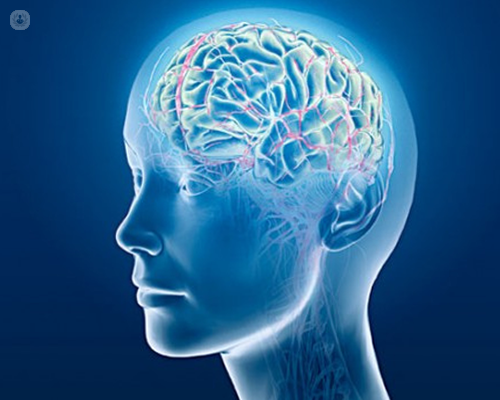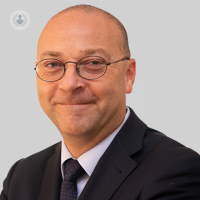Benefits of awake craniotomy
Written by:A craniotomy is awake brain surgery performed in the same manner as a conventional craniotomy, but with the patient awake during some phases of the procedure. This is a particularly suitable technique for operations that seek to eliminate brain lesions that are near or within (functionally important) and eloquent brain regions that are traditionally considered "untouchables".Perform the procedure with the patient awake allows us to specialists in Neurosurgery hurry up margins of tumor resection, working literally in brain regions that are normally inaccessible due to its functional importance. This technique also allows determining the neurological functions remain continuously intact patient intraoperatively. The overall objective is therefore to minimize risks and ensure tumor killing close to 100%, preserving the absolute integrity of the patient.

There are different procedures to perform a craniotomy awake, but all share the same pattern: the anesthesia team applies sedation to the patient by intravenous infusion allows a conventional general anesthesia while opening the skull is practiced and the area is exposed where it is tumor. In the operating room, a sophisticated neuro-navigation system determines the exact point of location of the tumor, allowing make the incision in a precise and minimally invasive. Sometimes, the area of the incision is not even necessary to shave because it is usually very small.When the brain is exposed and the navigation system has identified the field, the patient, who does not experience pain or discomfort you wake up some, being able to communicate well with all members of the surgical team. That's when a procedure called cortical mapping is performed: by bioelectrical stimulation of the brain surface with a small probe designed for this task, a "map" of functionally active areas and those that are not due to get the tumor infiltration. The patient is the one who guides in this process, performing actions ranging from an answer to a specific question to write, draw or manipulate a computer or a musical instrument. Thus, the neurosurgeon knows if it is to a motor region of the brain, a sensory area or a tumor area.After completing the map of these regions, the neurosurgeon performs tumor removal of a complete and satisfactory manner, while protecting the important regions of the brain throughout the procedure.Postoperative recovery is usually much faster, because the patient has not been subject to a prolonged general anesthesia. Sometimes, depending on the type of surgery, it may be discharged even the next day after surgery.


